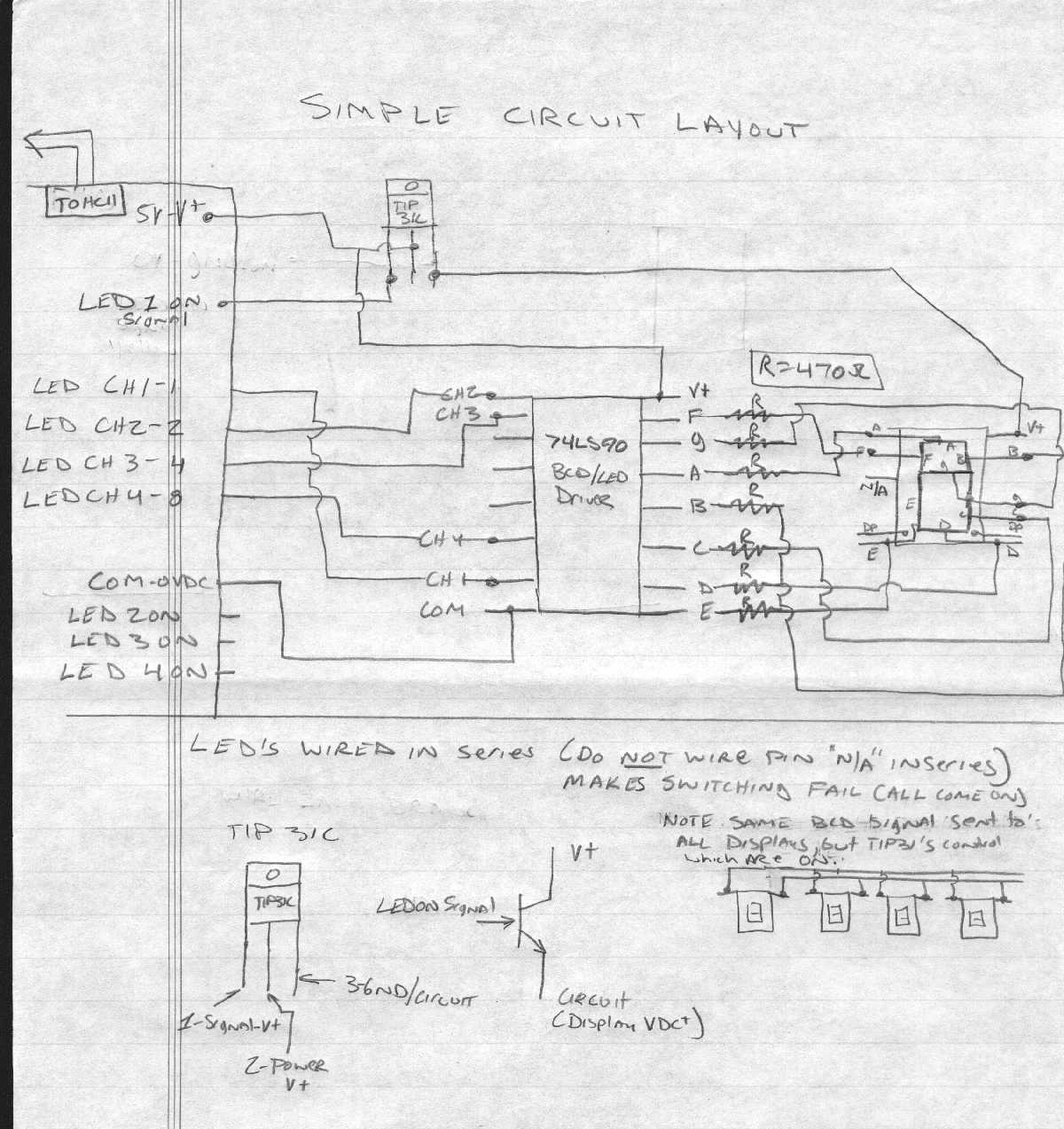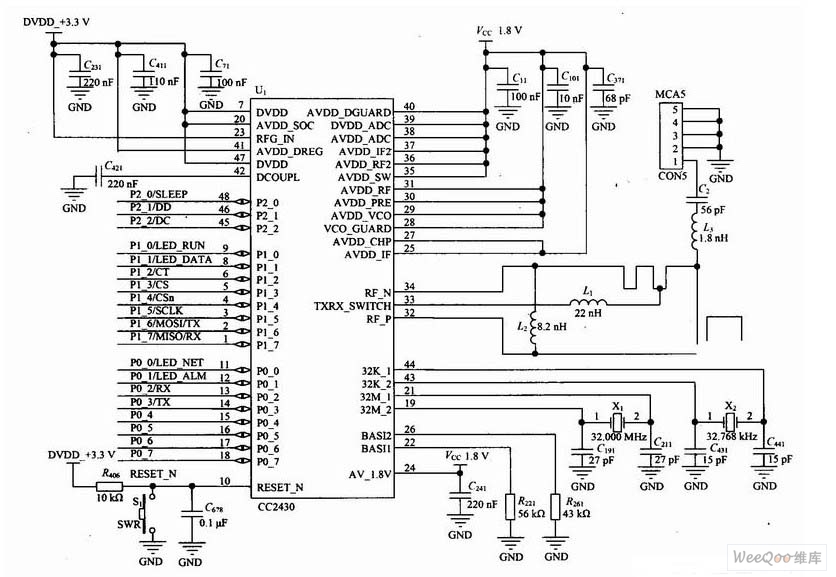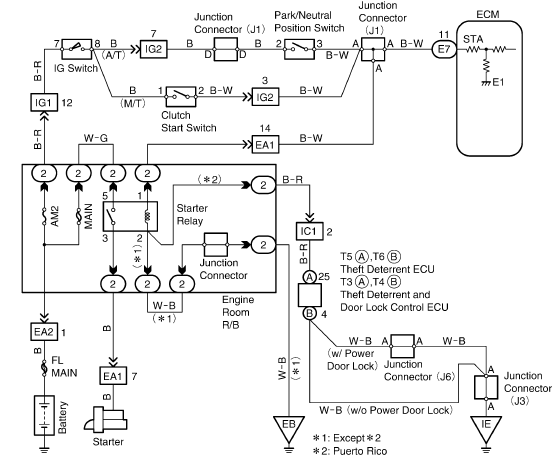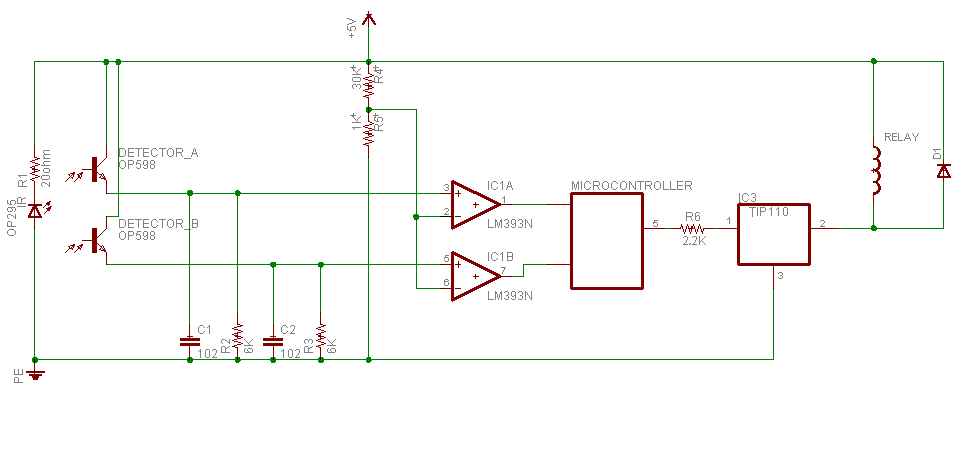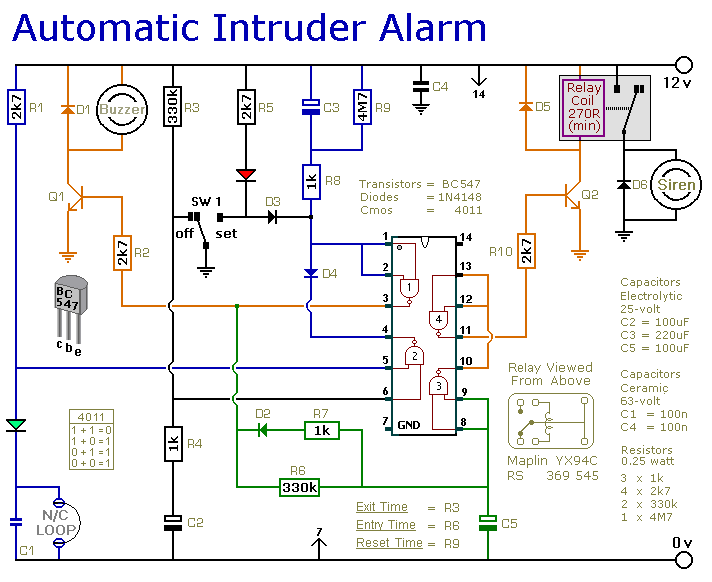
System Modeler
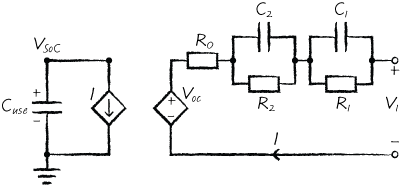
Wolfram SystemModeler includes model libraries for various domains such as electronics, mechanics, and biochemistry. A new addition to this collection is the SystemDynamics library, created by François E. Cellier and Stefan Fabricius. System dynamics, a methodology established by Jay Forrester in the 1960s and 1970s, is particularly effective for analyzing the dynamics of large-scale systems with diverse components. This methodology has been notably utilized by the Club of Rome to examine the limits of human growth, with applications extending to production management, life sciences, and economics. Recently, the Nobel Prize in Chemistry was awarded to Robert J. Lefkowitz and Brian K. Kobilka for their work in mapping the function of G-protein-coupled receptors (GPCRs). Their research is crucial for the development of new therapeutic drugs, as approximately 40-50% of all therapeutic drugs currently in use target GPCRs. The significance of GPCR-based response systems lies in their repeated use of components for responding to external signals across various cellular functions, including sight, smell, and the adrenaline response. Identifying new therapeutic drug targets involves analyzing complex signaling pathways and feedback systems within cells, which extends beyond the initial interaction of a signal with GPCRs on the cell surface. The increasing practice of employing mathematical models as a preliminary step for discovering new targets and understanding how cellular reactions may be influenced by new drugs has gained traction. This discussion will utilize modeling and simulation to demonstrate how GPCR-based cellular responses to external signals can be modified. The analysis will also focus on identifying promising targets for therapeutic drug design aimed at modulating these responses. Given that the initial steps in GPCR-based signaling pathways are largely consistent across many responses, a representative model can be selected. One well-characterized signaling response pathway involving GPCRs is the mating pheromone response in yeast, which will be explored using Mathematica and Wolfram SystemModeler.
The integration of SystemDynamics within Wolfram SystemModeler allows for a sophisticated analysis of complex systems, particularly in the context of biological processes such as those mediated by GPCRs. The SystemDynamics library provides tools for constructing dynamic models that can simulate the interactions and feedback loops inherent in these biological pathways. By utilizing differential equations that represent the rates of change of various biochemical species, users can model the behavior of the system over time.
In the context of GPCRs, the modeling can begin with the establishment of the initial conditions, such as the concentration of receptors, ligands, and downstream signaling molecules. The dynamics of receptor activation, subsequent intracellular signaling cascades, and the cellular response can be captured through a series of interconnected equations. The modeling framework can facilitate the exploration of various scenarios, such as the introduction of a new drug that either enhances or inhibits the GPCR response.
Furthermore, the ability to visualize the simulation results through graphical outputs allows researchers to gain insights into the system's behavior under different conditions. This approach not only aids in understanding the fundamental biology of GPCR signaling but also serves as a powerful tool for drug discovery, enabling the identification of potential therapeutic targets. By simulating how changes in receptor activity could affect cellular outcomes, researchers can prioritize which targets to investigate further in experimental settings.
Overall, the combination of SystemDynamics modeling and the insights gained from GPCR research exemplifies the potential for advanced mathematical modeling techniques to drive innovation in therapeutic development and enhance our understanding of complex biological systems.Wolfram SystemModeler ships with model libraries for a large selection of domains such as electronics, mechanics, and biochemistry. Now I am pleased to present a new library in the family, the SystemDynamics library by FranG§ois E. Cellier and Stefan Fabricius. System dynamics, a methodology developed by Jay Forrester in the `60s and `70s, is wel l suited for understanding the dynamics of large-scale systems with diverse components. It has been famously applied by the Club of Rome to investigate the limits of human growth; other applications include production management, life sciences, and economics (some showcases of the methodology can be found here ). Yesterday, the Nobel Prize in Chemistry was awarded to Robert J. Lefkowitz and Brian K. Kobilka for having mapped how a family of cellular receptors called G-protein-coupled receptors (GPCRs) work.
The Nobel Prize winners` research has proven to be very important in the development of novel therapeutic drugs ”about 40 50% of all therapeutic drugs in use today are centered on GPCRs. The real beauty of GPCR-based response systems is that they include components that are used over and over again for the response to external signals in many kinds of cellular functions throughout our bodies.
Sight, smell, and the adrenaline response are examples of these GPCR-mediated responses with physiologically important functions. Identifying new targets for therapeutic drug intervention includes analysis of the complex webs of signaling pathways and feedback systems in our cells, extending beyond the first event of a signal connecting with the GPCR on the cell surface, which is non-trivial.
Lately the cost-effective practice of using mathematical models as an initial step for finding those elusive new targets, and also as a tool for understanding how other reactions of a cell might be affected by a new drug, has been growing. In this blog post we are going to use modeling and simulation in order to illustrate how the GPCR-based cellular response to an external signal can be modified.
And by performing this analysis, I thought we should also see how we can find promising targets for therapeutic drug design, which are then aimed at either increasing or decreasing the response. Since the first two steps in the pathways are identical in most of the GPCR-based signal responses in a cell, we can freely choose a representative model.
One such well understood signal response pathway that uses GPCR is the mating pheromone response in yeast, which we are here going to explore using Mathematica and Wolfram SystemModeler. During the last decades, the development and use oto-immune disorders ”lighted a very important proach might look like h.
LEO is the name gives and freezers are coe control loop for continuous descent landings: 🔗 External reference
The integration of SystemDynamics within Wolfram SystemModeler allows for a sophisticated analysis of complex systems, particularly in the context of biological processes such as those mediated by GPCRs. The SystemDynamics library provides tools for constructing dynamic models that can simulate the interactions and feedback loops inherent in these biological pathways. By utilizing differential equations that represent the rates of change of various biochemical species, users can model the behavior of the system over time.
In the context of GPCRs, the modeling can begin with the establishment of the initial conditions, such as the concentration of receptors, ligands, and downstream signaling molecules. The dynamics of receptor activation, subsequent intracellular signaling cascades, and the cellular response can be captured through a series of interconnected equations. The modeling framework can facilitate the exploration of various scenarios, such as the introduction of a new drug that either enhances or inhibits the GPCR response.
Furthermore, the ability to visualize the simulation results through graphical outputs allows researchers to gain insights into the system's behavior under different conditions. This approach not only aids in understanding the fundamental biology of GPCR signaling but also serves as a powerful tool for drug discovery, enabling the identification of potential therapeutic targets. By simulating how changes in receptor activity could affect cellular outcomes, researchers can prioritize which targets to investigate further in experimental settings.
Overall, the combination of SystemDynamics modeling and the insights gained from GPCR research exemplifies the potential for advanced mathematical modeling techniques to drive innovation in therapeutic development and enhance our understanding of complex biological systems.Wolfram SystemModeler ships with model libraries for a large selection of domains such as electronics, mechanics, and biochemistry. Now I am pleased to present a new library in the family, the SystemDynamics library by FranG§ois E. Cellier and Stefan Fabricius. System dynamics, a methodology developed by Jay Forrester in the `60s and `70s, is wel l suited for understanding the dynamics of large-scale systems with diverse components. It has been famously applied by the Club of Rome to investigate the limits of human growth; other applications include production management, life sciences, and economics (some showcases of the methodology can be found here ). Yesterday, the Nobel Prize in Chemistry was awarded to Robert J. Lefkowitz and Brian K. Kobilka for having mapped how a family of cellular receptors called G-protein-coupled receptors (GPCRs) work.
The Nobel Prize winners` research has proven to be very important in the development of novel therapeutic drugs ”about 40 50% of all therapeutic drugs in use today are centered on GPCRs. The real beauty of GPCR-based response systems is that they include components that are used over and over again for the response to external signals in many kinds of cellular functions throughout our bodies.
Sight, smell, and the adrenaline response are examples of these GPCR-mediated responses with physiologically important functions. Identifying new targets for therapeutic drug intervention includes analysis of the complex webs of signaling pathways and feedback systems in our cells, extending beyond the first event of a signal connecting with the GPCR on the cell surface, which is non-trivial.
Lately the cost-effective practice of using mathematical models as an initial step for finding those elusive new targets, and also as a tool for understanding how other reactions of a cell might be affected by a new drug, has been growing. In this blog post we are going to use modeling and simulation in order to illustrate how the GPCR-based cellular response to an external signal can be modified.
And by performing this analysis, I thought we should also see how we can find promising targets for therapeutic drug design, which are then aimed at either increasing or decreasing the response. Since the first two steps in the pathways are identical in most of the GPCR-based signal responses in a cell, we can freely choose a representative model.
One such well understood signal response pathway that uses GPCR is the mating pheromone response in yeast, which we are here going to explore using Mathematica and Wolfram SystemModeler. During the last decades, the development and use oto-immune disorders ”lighted a very important proach might look like h.
LEO is the name gives and freezers are coe control loop for continuous descent landings: 🔗 External reference
Warning: include(partials/cookie-banner.php): Failed to open stream: Permission denied in /var/www/html/nextgr/view-circuit.php on line 713
Warning: include(): Failed opening 'partials/cookie-banner.php' for inclusion (include_path='.:/usr/share/php') in /var/www/html/nextgr/view-circuit.php on line 713
